Developer: Capcom Publisher: Capcom Released: 1987 Genre: Shooter
As I revisit the games of my childhood I am often surprised how well certain games have held up. Obviously the Legend of Zelda still holds up today but lesser known titles like the Battle of Olympus are just as great today as back then. Then there are the ones that in hindsight had a myriad number of flaws that make them a chore today. Simon’s Quest is the most infamous example but Section Z also falls in that category. This was a game that my family and I spent months playing, for all the wrong reasons. Due to a few cuts made in localization the game is far more frustrating to play than it should be and one that I honestly cannot recommend today.
Section Z was originally released in arcades in 1985. You play the role of an astronaut sent to destroy a space station near Earth’s orbit. The structure of the game was different from other games of the time. Section Z comprised five stages broken down into twenty six individual sections, hence the name. Aside from that the most notable aspect of the game was its cumbersome controls. One button fired while the other controlled your direction. It was workable but a bit confusing in a pinch. While it sounds like the game was long in reality it was quite short and fairly unremarkable.
Like Bionic Commando and Legendary Wings Capcom tried something different from the arcade and ultimately better. For its home debut Capcom created an entirely new game using only the skeleton of the arcade. This version of Section Z is a free roaming adventure in the spirit of Metroid. Levels only scroll left or right, making navigation easier. You have a small variety of weapons unlike the arcade. These are the flash buster, megasmasher, and barrier shield. Weapons can be stockpiled for later use and are supplemented by three special items that take some health to use but are incredibly strong. It seems light for a shooter but this isn’t your average shmup.
Section Z is a shooter but not in the traditional sense. Technically there are only three areas with nineteen sections each. Each section is unique; some are slow scrolling levels with a constant stream of enemies. Others are fast moving and may not have any enemies at all! At the end of each section you usually have a choice of two tunnels that will send you to another section. It isn’t linear, lending the game its Metroid style feel. Generally your progress within an area is in short bursts. You will only be able to access seven or eight sections until you destroy a generator, unlocking a new segment of the current area and so on until you reach the area boss. It sounds simple but is anything but.
One of the biggest oddities has to deal with character death. You have a life bar that steadily increases as the game progresses. However it only protects you from projectiles. Physical contact with enemies or being caught in the environment equals instant death. Death itself only sends you back to the start of the current section minus some health; as long as it doesn’t hit zero you can continue endlessly. But if you do “die” you restart the current area but your progress remains. Make no mistake, this is a difficult game and these limits make it worse. But it’s also crushing due to another factor; there is no means of saving progress.
Like Metroid and Kid Icarus Section Z is a massive game that is not conducive to one session. In fact the Japanese version, which came out on the Famicom Disk System allowed you to save progress. This is a massive game and its maze of teleporters is a god damn nightmare to try and map. Don’t believe me, take a look. The game gives no guidance and it isn’t unheard of to revisit the same sections only to realize you must backtrack to an earlier point to progress. It’s a lot to ask of anyone to tackle this beast all at once, especially back then. Nintendo realized this which is why password saves and battery backup were created for the US. Without either of those Section Z is a maddening slog to progress in.
In Closing
There are many aspects of Section Z to like. But it is very much a product of its time. Like Simon’s Quest there is a good game under its clumsy execution. But it is not worth it to find the fun. You are better off going with something like Blaster Master.
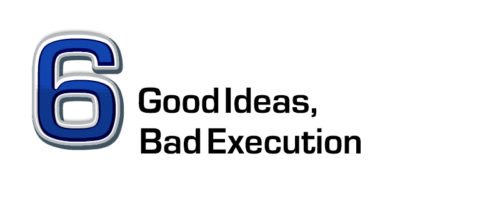

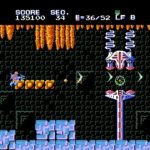
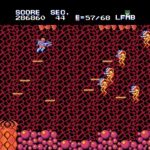
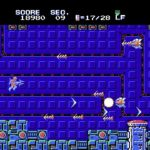
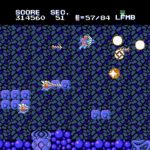
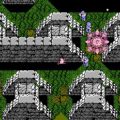
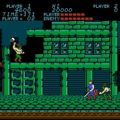
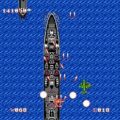

One thought on “Section Z”